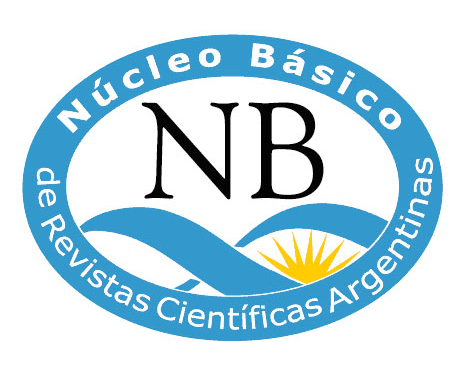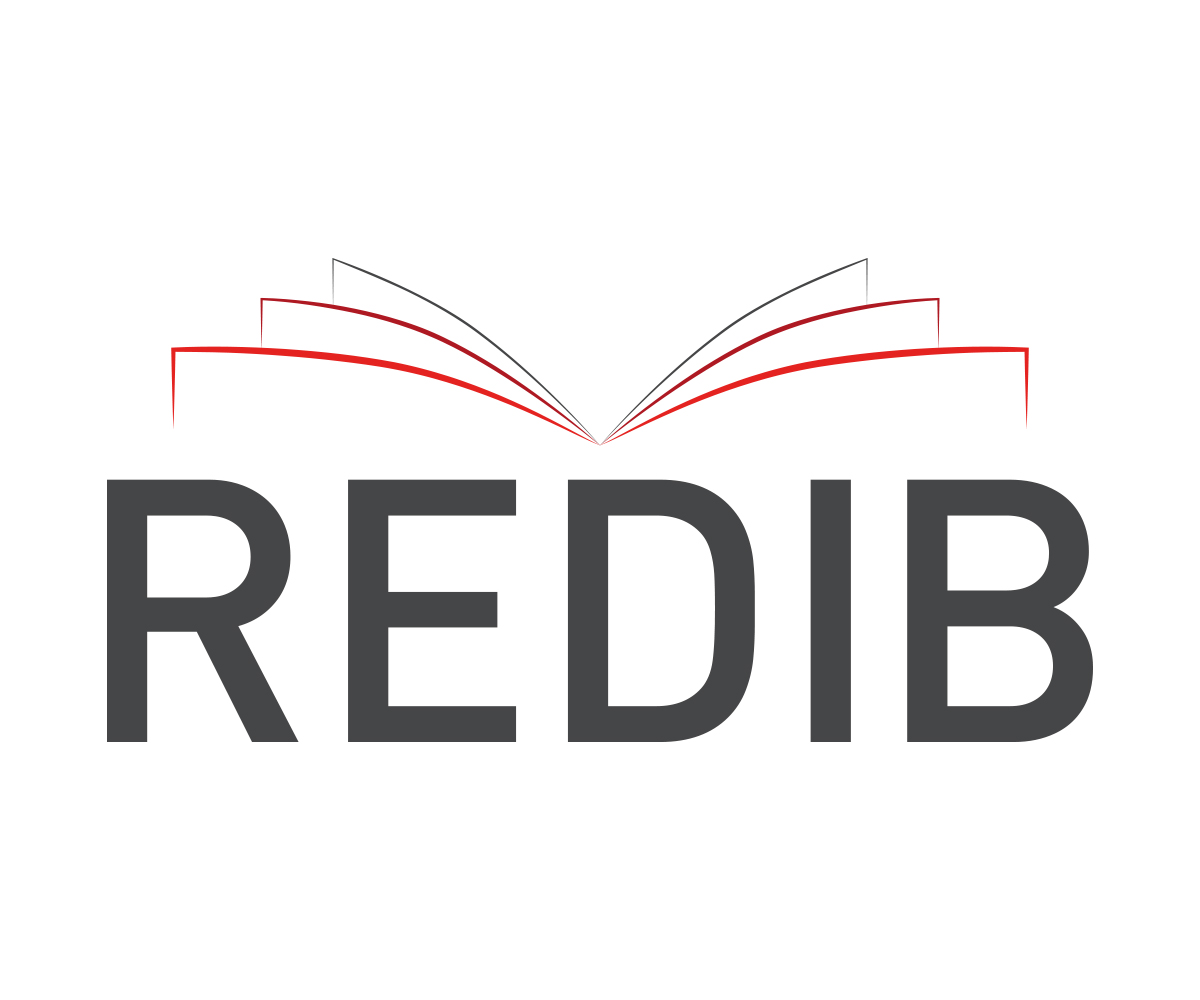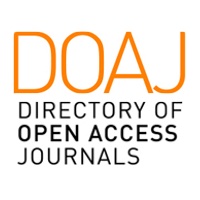DIMORFISMO SEXUAL Y DIFERENCIACIÓN ÉTNICA: LA ADIPOSIDAD EN NIÑOS Y ADOLESCENTES TOBA Y WICHI
Resumen
La teoría de la historia vital afirma que los organismos deben asignar tiempo y energía finitos a un conjunto de funciones competitivas: crecimiento, mantenimiento, reproducción o almacenamiento de energía. La función primaria de la grasa corporal es servir como reserva de energía, y los cambios en el desarrollo son comprendidos como preparación para futuros desafíos energéticos. En este trabajo se exploran los cambios con la edad en la adiposidad en Toba y Wichi para comprender las posibles bases adaptativas del patrón de crecimiento. Las variables somatológicas utilizadas fueron: Perímetro braquial y Pliegue tricipital, con ellas se calcularon: el Área total del brazo (Ab), el Área muscular del brazo (Amb) y el Área grasa del mismo (Agb). Los datos individuales fueron agrupados por edad y sexo; se obtuvieron para cada variable media aritmética y desvío estándar. Las diferencias sexuales se manifiestan en todas las variables. En Ab, las niñas presentan primacía con relación a los niños. En Amb, las niñas presentan valores superiores en los Toba y los varones entre los Wichi. El Agb de las mujeres es mayor en ambas etnias. Por lo tanto, las mujeres de ambos grupos presentan un Ab mayor debido a que tienen mayor cantidad de tejido graso. Con relación a las diferencias étnicas, los Toba presentan valores más altos en Ab y Amb que los Wichi; los Wichi, en tanto, presentan valores más altos en Agb con aporte sexual similar. Ya que ambos grupos habitan un ambiente similar, las diferencias halladas permiten inferir por un lado, una mejor calidad en la dieta de los Toba y, por otro, corroboran las diferencias de ancestría ya señaladas por otros autores.
Palabras clave
Texto completo:
PDFReferencias
BOYE, KR, DIMITRIOU, T, MANZ, F, SCHOENAU, E, NEU, C, WUDY, S and REMER, T (2002) Anthropometric assessment of muscularity during growth: estimating fat-free mass with 2 skinfold-thickness measurements is superior to measuring midupper arm muscle area in healthy prepuberal children. American Journal of Clinical Nutrition, 76: 628-632.
CHARNOV, E (1993) Life History Invariants: Some Explorations of Simmetry in Evolutionary Ecology. Oxford. Oxford University Press.
CHARNOV, E (2001) Reproductive efficiencies in the evolution of life histories. Evolutionary Ecology Research, 3: 873-876.
EVELETH, P and TANNER, J (1976) Worldwide variation in human growth. Cambridge. Cambridge University Press.
FAULHABER, JA y SÁENZ, ME (1994) Terminando de crecer en México. Antropometría de subadultos. Instituto de Investigaciones Antropológicas. México. UNAM.
FOMON, SJ, HASCHKE, F ZIEGLER, EE and NELSON, SE (1982) Body composition of reference children from birth to age 10 years. American Journal of Clinical Nutrition, 35: 1169-1175.
FRISANCHO, AR (1981) New norms of upper limb fat and muscle areas for assessment
of nutritional status. American Journal of Clinical Nutrition, 34: 2540-2545.
FRISCH, R, REVELLE, R and COOK, S (1971) Height, weight and age at menarche and the “critical fat” hypothesis. Science 194: 1148.
FRISCH, R (1974) A method of prediction of age at menarche from height and weight at ages 9 through 13 years. Pediatrics 53: 384-390.
FRISCH, R and MC ARTUR, JW (1974) Menstrual cycles: Fatness as a determinant of minimum weight for height necessary for their maintenance or onset. Science 185: 949-951.
GURNEY, M and JELLIFFE, DB (1973) Arm anthropometry in nutritional assessment nomogram for rapid calculation of muscle and fat areas. American Journal of Clinical Nutrition, 26: 912-915.
HAWKES, K, O’CONNELL, JF, BLURTON JONES, NG,ALVAREZ, H, CHARNOV, EL (1998). Grandmothering, menopause, and the evolution of human life histories. Proceedings of National Academy of Sciences, Vol. 95: 1336-1339.
HERNÁNDEZ, I (1992) Los Indios de Argentina. Madrid. Editorial MAPFRE S.A.
HILL, K (1993) Life History theory and evolutionary anthropology. Evolutionary Anthropology, 2: 78-88.
HOLLIDAY, M. (1986) Body composition and energy needs during growth. In: F. Falkner and J.M. Tanner (eds.): Human Growth: A comprehensive Treatise. Plenum Press. Pp. 117-139. New York.
I.N.D.I. (1981) Censo y estudio de la población indígena del Paraguay, año 1, n.1, Instituto Nacional del Indígena, Asunción.
JELLIFFE, DB (1968) Evaluación del estado de nutrición de la comunidad. O.M.S. Ginebra.
KAPLAN, HS and ROBSON, AJ (2002) The emergence of humans: The coevolution of intelligence and longevity with intergenerational transfers. Proceedings of National Academy of Sciences, Vol. 99, Nº 15: 10.221-10.226.
KARSTEN, R (1993) [1923] Los indios Tobas del Chaco boliviano. Traducción y notas de Daniel J. Santamaría. Biblioteca de Historia y Antropología. Universidad Nacional de Jujuy, Argentina.
KATCH, FI and HORTOBAGYI, T (1990) Validity of surface anthropometry to estimate upper-arm muscularity, including changes with body mass loss. American Journal of Clinical Nutrition, 52: 591-595.
KUZAWA, CW (1998) Adipose tissue in human infancy and childhood: an evolutionary perspective. Yearbook of Physical Anthropology, 41: 177-209
LEONARD, MB, ZEMEL, BS, KAWCHAK, DA, OHENE-FREMPONG, K and STALLING, VA (1998) Plasma zinc status, growth, and maturation in children with sickle cell disease. Journal Pediatrics, 132: 467-471.
MC FARLAND, R (1997) Female primates: Fat or fit? En: M. Morbeck, A. Galloway y A. Zihlman (eds.) The Evolving Female. A Life-History Perspective. Princenton University Press. Princenton. Pp. 163-175.
MÉNDEZ, MG, CALANDRA H, FERRARINI, S, SALCEDA, S (2000) De la prehistoria a la historia en el Gran Chaco argentino. En: M.C. Longinotti (ed.) Unidad y diversidad: conflictos y coincidencias, Tomo I, Universidad Católica Argentina, Buenos Aires. Pp.123-143.
MÉNDEZ, MG, FERRARINI, SO, PAN, MF (2003) Ecología de la fertilidad en trece etnias del Gran Chaco Sudamericano. Quaderni di Thule 2. Centro Studi Americanistici “Circolo Amerindiano”, Perugia, Italia. Pp. 675-681.
METRAUX, A (1946) Ethnography of the Chaco. En Julian Steward (editor), Handbook of South American Indians, vol. 1, B.A.E. Bull. 143, Washington D.C. Pp. 197-370.
NORGAN, N (1997) The beneficial effects of body fat and adipose tissue in humans. International Journal of Obesity, 21: 738-754.
PETTAY, JE, KRUUK, LE; JOKELA, J and LUMMAA, V (2005) Heritability and genetic constraints of life-history trait evolution in preindustrial humans. Proceedings of National Academy of Sciences, Vol. 102, Nº 8: 2.838-2843.
POND, C (1997) The biological origins of adipose tissue in humans. En: M. Morbeck, A. Galloway y A. Zihlman (eds.) The Evolving Female. A Life-History Perspective. Princenton University Press. Princenton. Pp. 147-162.
STEARNS, SC (1992) The Evolution of Life Histories. Oxford. Oxford University Press.
STINI, W (1981). Body composition and nutrient reserves in evolutionary perspective. World Review of Nutrition and Diet. 37: 55-83.
Enlaces refback
- No hay ningún enlace refback.
Copyright (c) 2020 Cuadernos de la Facultad de Humanidades y Ciencias Sociales. Universidad Nacional de Jujuy

Este obra está bajo una licencia de Creative Commons Reconocimiento-NoComercial-CompartirIgual 4.0 Internacional.
Cuadernos FHyCS-UNJu por Facultad de Humanidades y Ciencias Sociales - Universidad Nacional de Jujuy se distribuye bajo una Licencia Creative Commons Atribución-NoComercial-CompartirIgual 4.0 Internacional.
Basada en una obra en http://revista.fhycs.unju.edu.ar/revistacuadernos.
Hecho con OJS - Open Journal System











